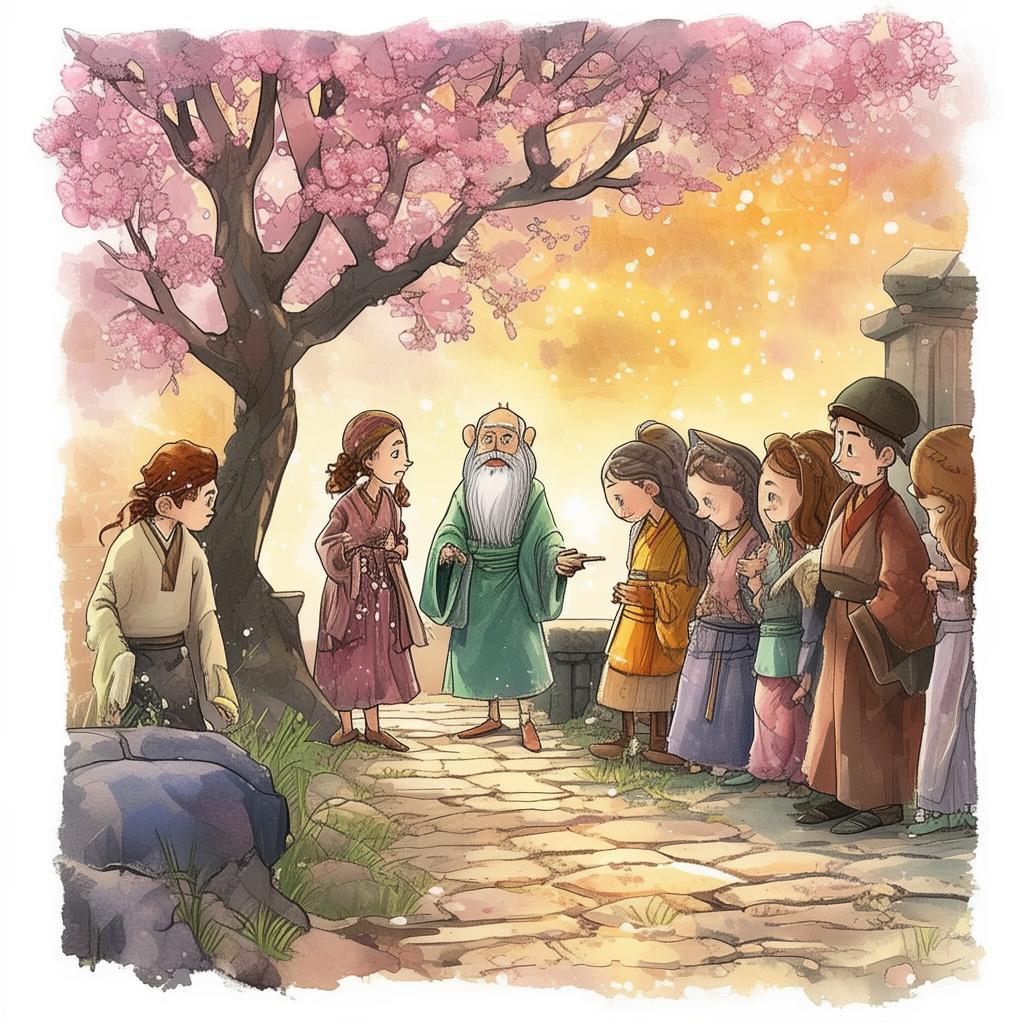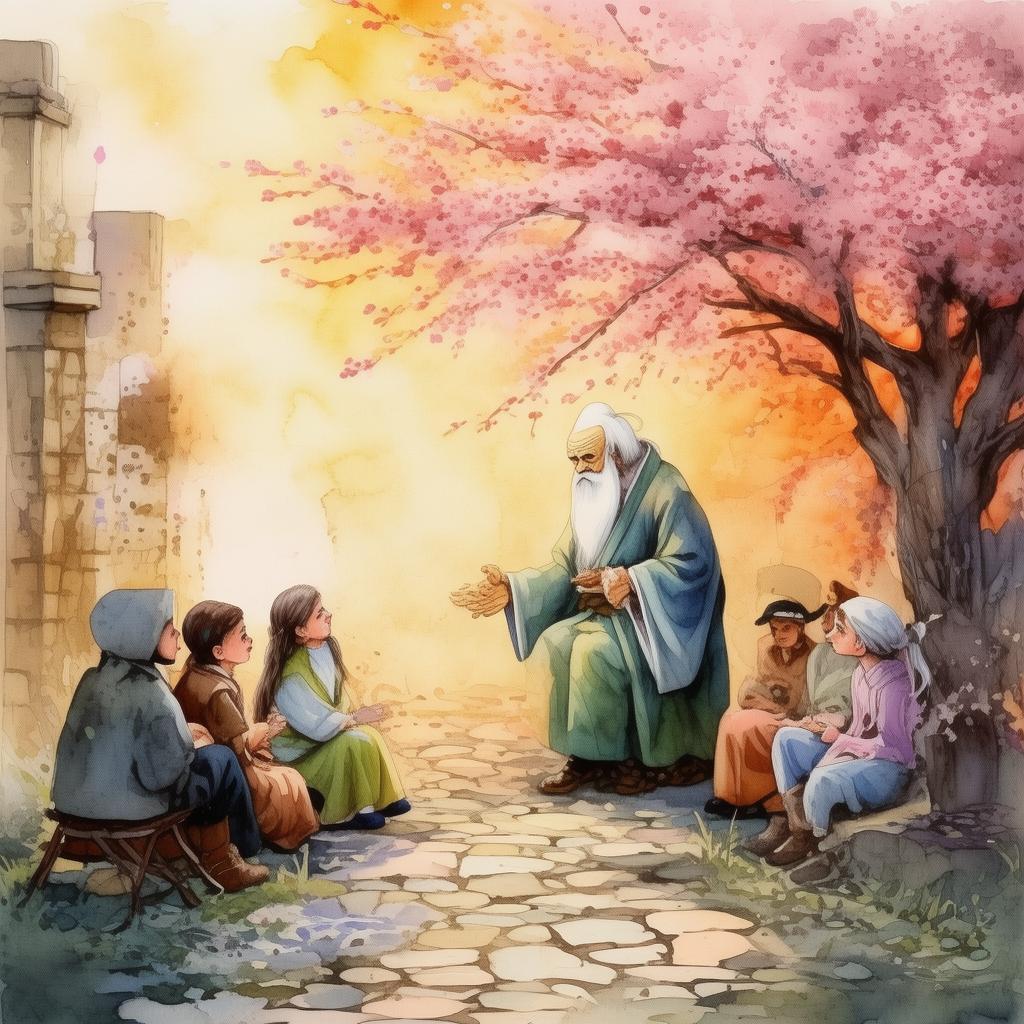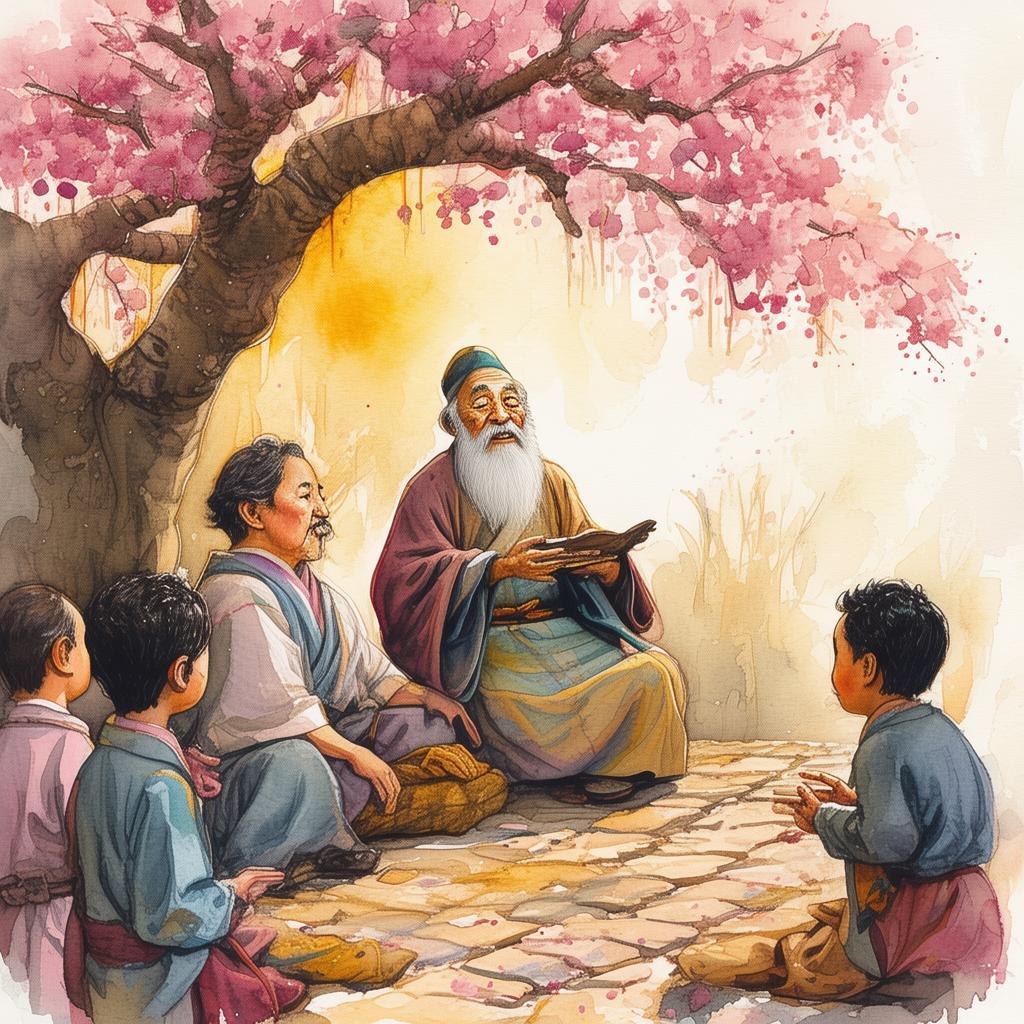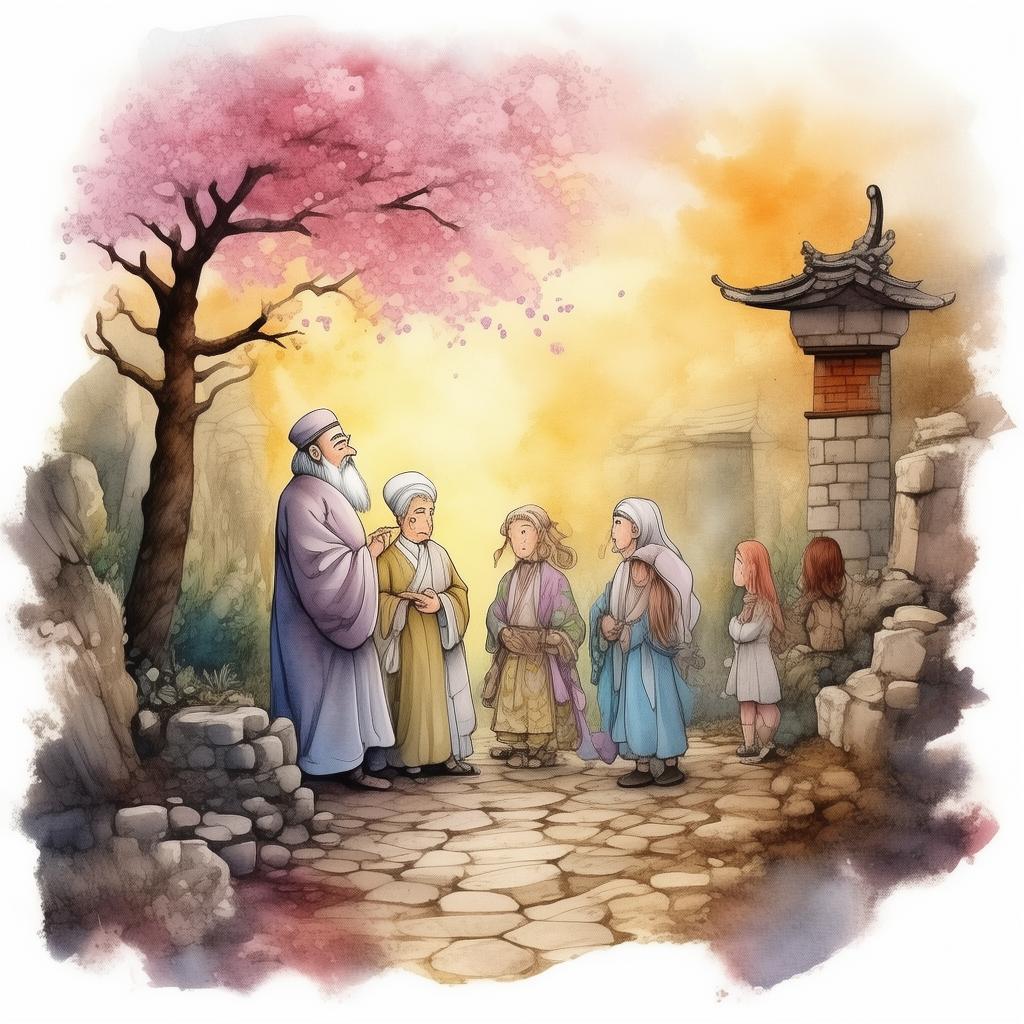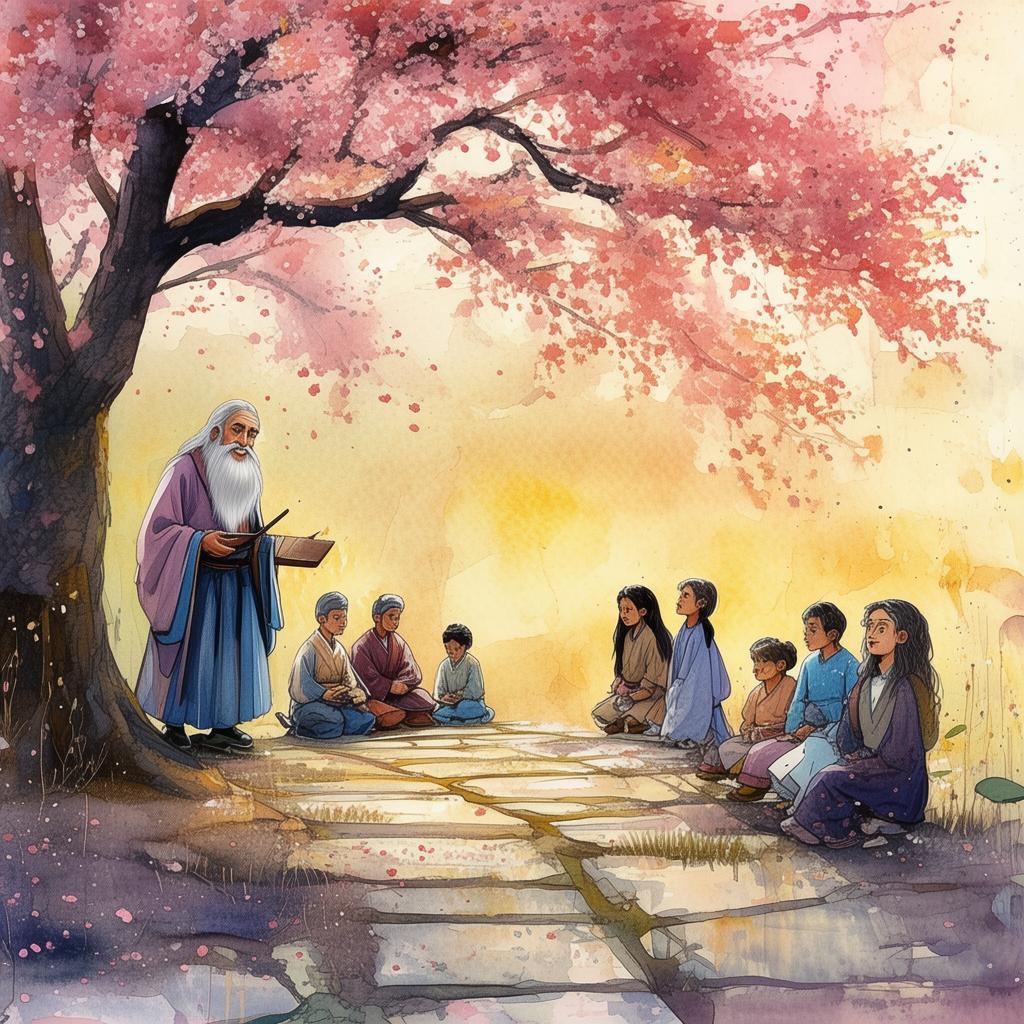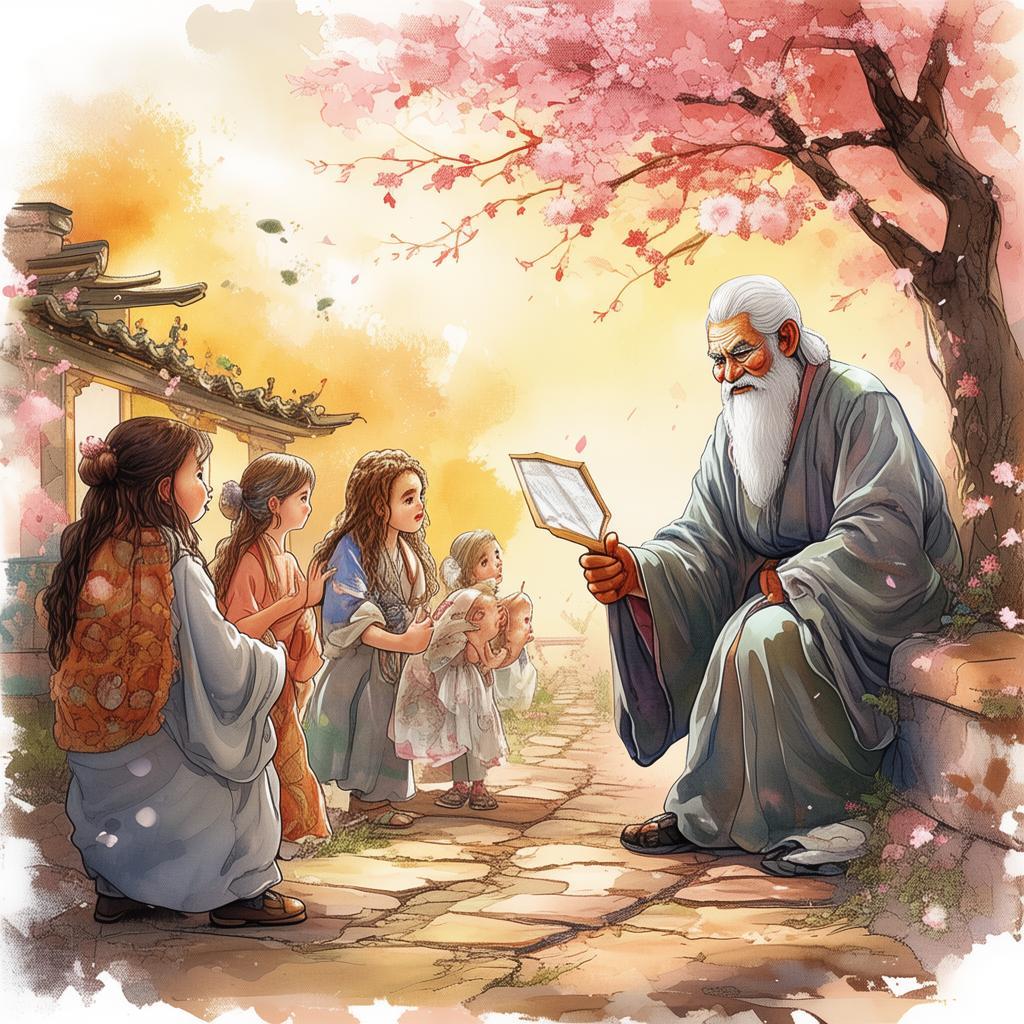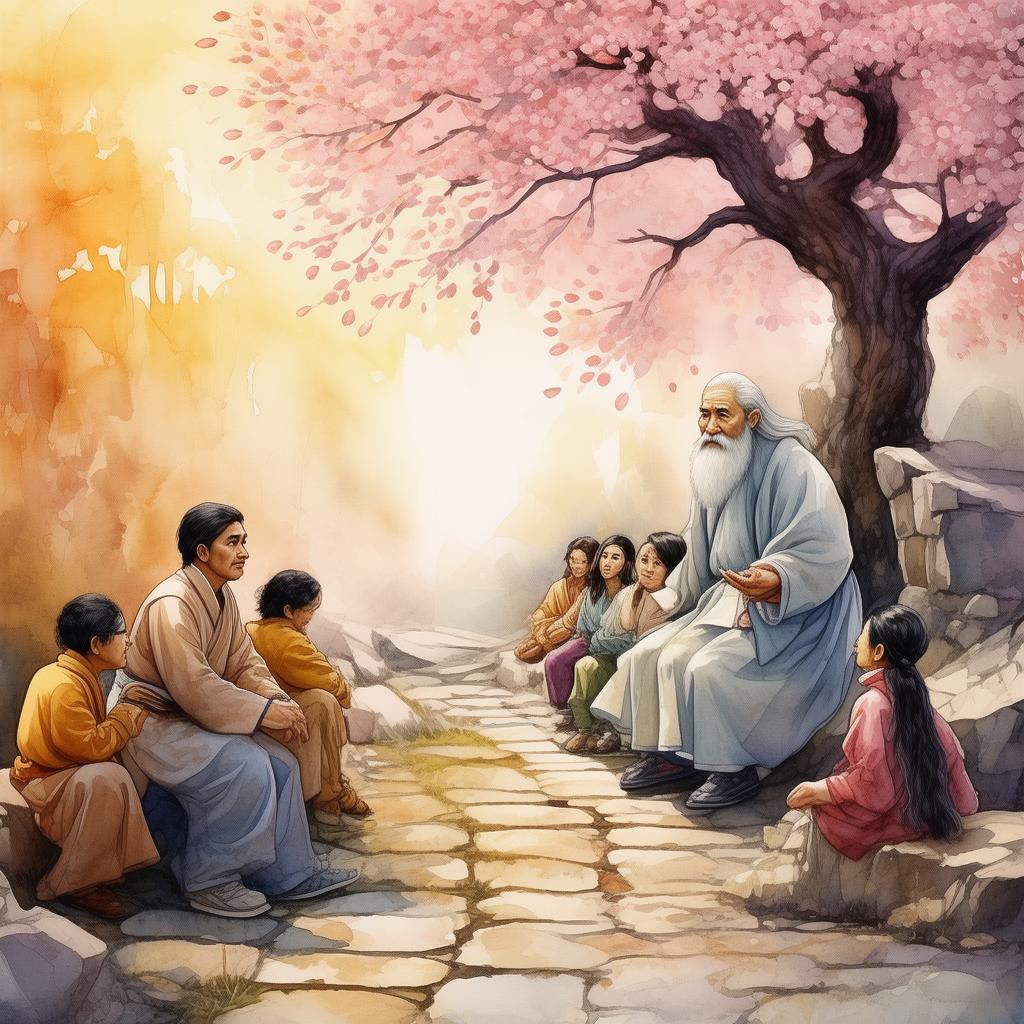The Pensive Painter: The Master of Mood and Motif
In the heart of an ancient city, nestled between the whispering willows and the echoing cobblestones, there lived a painter named Ming. Ming was not just any painter; he was the Pensive Painter, the Master of Mood and Motif. His works were known to evoke such profound emotions that they seemed to move beyond the canvas, breathing life into the scenes themselves.
The story began on a crisp autumn morning when Ming received a peculiar letter. It was an invitation to a private auction, one that was said to change his life. The letter was signed by an enigmatic figure known only as The Collector. Ming's curiosity was piqued, and with a heavy heart, he decided to attend.
The auction was held in a dimly lit room, filled with the scent of aged wood and the distant hum of hushed voices. Ming's eyes scanned the room, taking in the collection of priceless art. But it was one painting that caught his attention—a portrait of a serene woman with eyes that seemed to pierce through the canvas. The painting was titled "The Dreamer."
As the auctioneer announced the bidding, Ming's heart raced. The price escalated rapidly, and Ming found himself the highest bidder. The Collector watched him with a knowing smile.
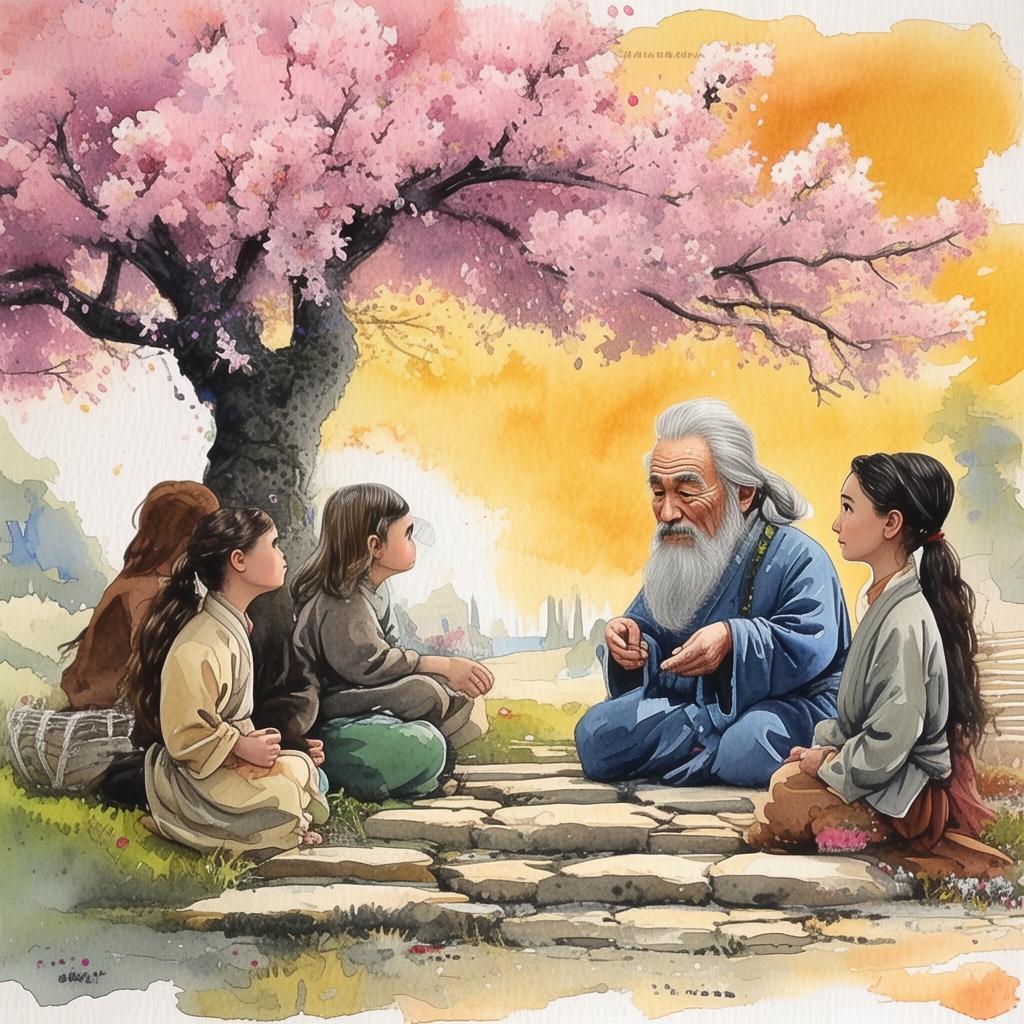
After the auction, Ming was approached by The Collector, who offered him a commission to paint a portrait of the woman in the painting. Ming was intrigued, but something about the Collector's demeanor made him wary. Nonetheless, he agreed.
The Collector provided Ming with a detailed description of the woman, but as he began to paint, he realized that the portrait was not just a likeness; it was a window into her soul. Each stroke of his brush seemed to unlock a hidden emotion, and as the portrait took shape, Ming found himself drawn deeper into her world.
Days turned into weeks, and Ming became obsessed with his subject. He began to dream of the woman, her face etched into his mind. The more he painted, the more he felt the weight of her story pressing down on him.
One night, as Ming lay in bed, the dream returned with a vengeance. The woman stood before him, her eyes filled with sorrow. "I am in danger," she whispered. "You must save me."
Confused and frightened, Ming awoke to find the portrait glowing softly on his wall. He knew then that the woman was not just a subject; she was a person in need. He began to search for clues, piecing together her story from the details he had painted.
The trail led him to a hidden underground society, where the woman was being held captive. Ming's resolve was unwavering, but he soon realized that he was facing more than just a physical challenge. The society was adept at manipulating emotions, and Ming found himself trapped in a web of deceit and despair.
As Ming delved deeper into the mystery, he discovered that The Collector was the mastermind behind the society. The Collector had been studying Ming's art, using it to control the emotions of his subjects. The Collector believed that art could be a powerful tool for manipulation, and he sought to use Ming's talent to further his own agenda.
In a climactic confrontation, Ming stood before The Collector, the portrait of the woman in his hands. "You cannot control emotions through art," Ming declared. "They are too powerful, too real."
The Collector's eyes narrowed, and he lunged at Ming. The room became a whirlwind of movement, with Ming using his painting skills to create distractions and defenses. In the midst of the chaos, Ming remembered the woman's plea and painted a scene of hope and freedom.
The Collector, caught off guard by the emotional intensity of Ming's art, stumbled back. Ming seized the moment, freeing the woman and the other captives. The society crumbled, and Ming's art became a symbol of resistance and freedom.
The Pensive Painter's portrait of the woman was displayed in the city's most prestigious gallery, a testament to the power of art and the resilience of the human spirit. Ming's reputation as the Master of Mood and Motif was solidified, but he knew that his journey was far from over.
As he stood before his latest masterpiece, Ming smiled. The woman's eyes seemed to smile back at him, and he realized that he had found his true purpose. The Pensive Painter had not only mastered mood and motif but had also learned the true power of emotion—a power that could unite, inspire, and liberate.
In the end, Ming's art was more than just a collection of paintings; it was a reflection of the world's emotions, a mirror to the human soul. And as he continued to paint, he knew that he would always be the Pensive Painter, the Master of Mood and Motif, forever capturing the essence of life on his canvas.
✨ Original Statement ✨
All articles published on this website (including but not limited to text, images, videos, and other content) are original or authorized for reposting and are protected by relevant laws. Without the explicit written permission of this website, no individual or organization may copy, modify, repost, or use the content for commercial purposes.
If you need to quote or cooperate, please contact this site for authorization. We reserve the right to pursue legal responsibility for any unauthorized use.
Hereby declared.
